
Growing Kiwi Trees at Home: A Guide for Pot Cultivation
Growing Kiwi Trees at Home: A Comprehensive Guide for Pot Cultivation
-
Select a Variety: The first step in cultivating kiwi trees in containers is selecting the right variety. Opt for a dwarf kiwi variety, specifically bred for growing in pots. These smaller varieties are better suited for limited space and container life, making them perfect for home gardens. Dwarf kiwi plants can still produce delicious, nutrient-packed fruit while remaining manageable in size.
-
Prepare Supplies: Before you begin, gather all necessary materials to set up your kiwi tree. You’ll need a large pot, preferably between 20 and 30 gallons in size, to ensure the tree has enough space to grow. Make sure the pot has drainage holes to prevent waterlogging. Additionally, prepare a sturdy trellis or support system to help the kiwi vine grow upwards. The kiwi’s climbing nature requires vertical support. Choose a well-draining potting mix, as kiwis do not thrive in soggy soil. Incorporate a slow-release fertilizer into the mix to provide steady nutrition for your plant over time. Finally, consider installing a drip irrigation system or a watering solution to ensure consistent moisture levels.
-
Planting:
a. Begin by positioning the trellis or support structure inside the pot. It should be sturdy enough to support the growing kiwi vines.
b. Fill the pot with your pre-prepared potting mix, leaving enough space at the top for watering.
c. Carefully plant the kiwi tree by spreading its roots out gently to avoid crowding. Make sure the plant is placed at the correct depth — the root ball should be just below the soil surface. Avoid burying the crown of the plant too deeply to prevent rot. -
Care:
a. Sunlight: Kiwi trees thrive in full sunlight, so choose a location where the plant can receive 6 to 8 hours of direct sunlight each day. The more sunlight it gets, the better the tree will produce fruit.
b. Watering: Keep the soil consistently moist but not waterlogged. Regular watering is crucial for the plant’s health, especially during dry periods. Ensure the soil has good drainage to avoid root rot.
c. Fertilization: In early spring, apply a slow-release fertilizer to encourage healthy growth. You may need to fertilize again in mid-summer to support fruit production.
d. Pruning: Regular pruning is essential for managing the size and shape of the plant. In winter, prune back the vines to control growth and remove any dead or damaged wood. During the summer, prune to ensure that enough sunlight reaches the developing fruits, which can help them ripen more effectively. -
Pollination: Kiwi trees require both male and female plants for pollination unless you're growing a self-pollinating variety. If your plants are not self-pollinating, make sure you have both male and female trees in proximity. The male plant produces pollen, which is transferred to the female plant for fruit production. You can also try hand-pollinating if you only have one plant or want to boost pollination.
-
Monitoring: Keep a close eye on your kiwi tree for signs of pests or diseases, such as yellowing leaves or holes in the foliage. Aphids, spider mites, and fungal infections can sometimes affect kiwi trees. Also, watch for signs of water stress, such as wilting or dry leaves. If any issues arise, take immediate action to prevent further damage.
-
Harvesting: Kiwi fruits are typically ready to harvest in late summer or early fall. Harvest the fruit when it begins to soften slightly and change color. The fruit should have a slight give when gently pressed. Avoid waiting too long to pick the fruit, as overripe kiwis may become mushy or spoil faster. It’s best to pick them just before they are fully ripe, allowing them to ripen indoors if needed.
News in the same category

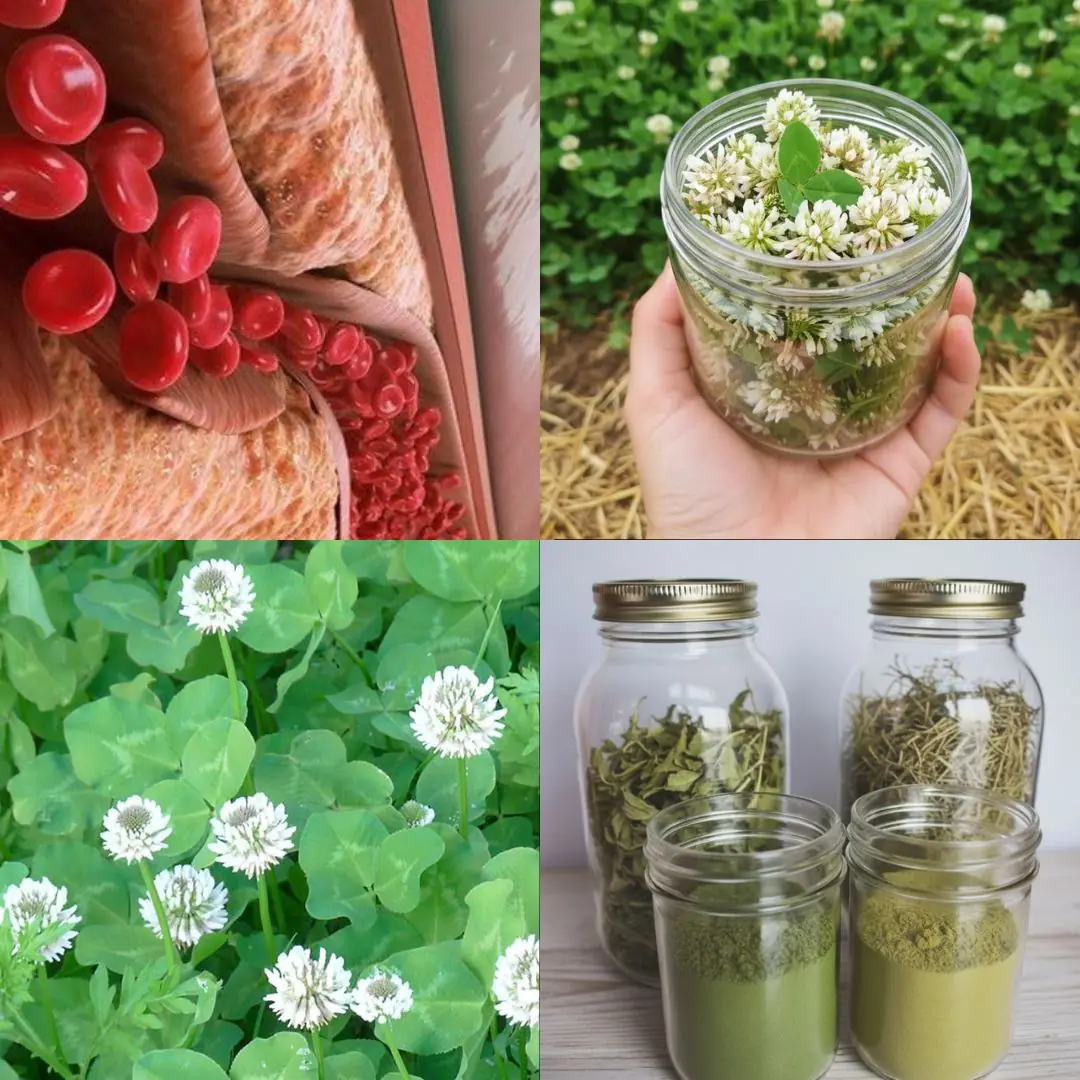
White Clover (Trifolium repens): 15 Benefits and Homemade Uses

7 Benefits and Uses of Ageratum conyzoides
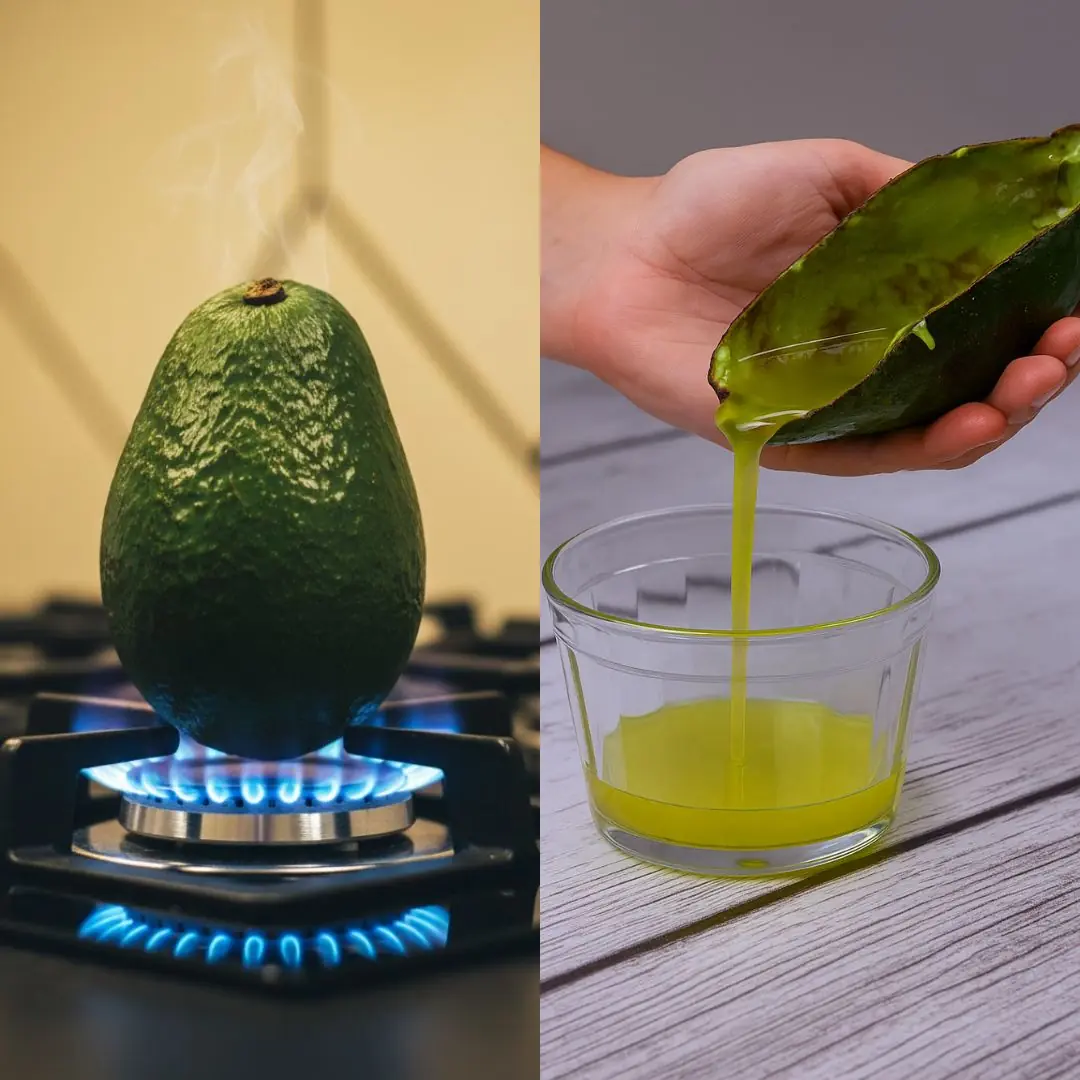
Here’s the secret why everyone puts avocados on the fire!
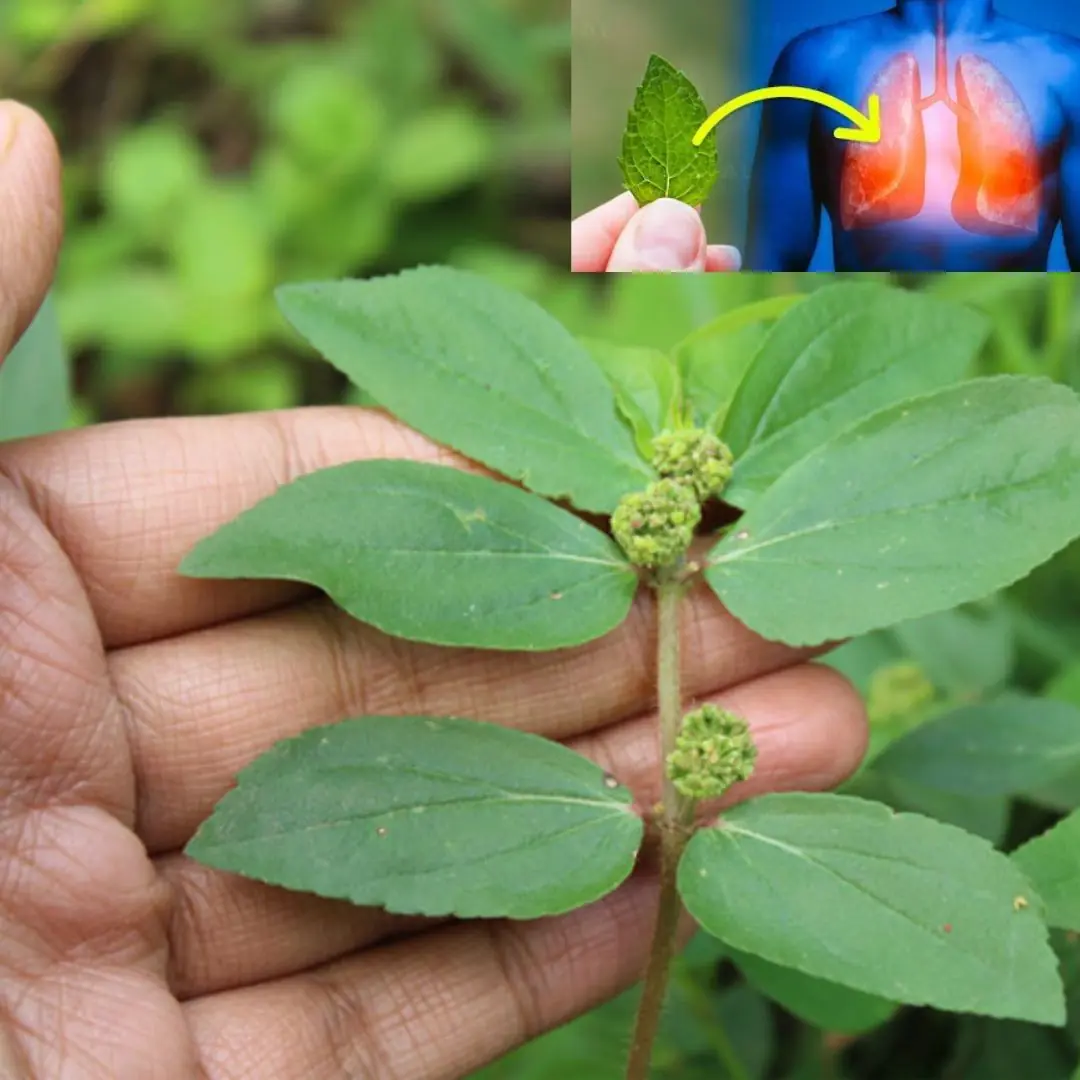
Euphorbia Hirta: 30 Benefits and How to Use It Safely

11 Surprising Benefits of The Miracle Leaf of Life

5 foods that damage your thyroid (they look healthy)

The surprising seed that helps stop age-related muscle loss
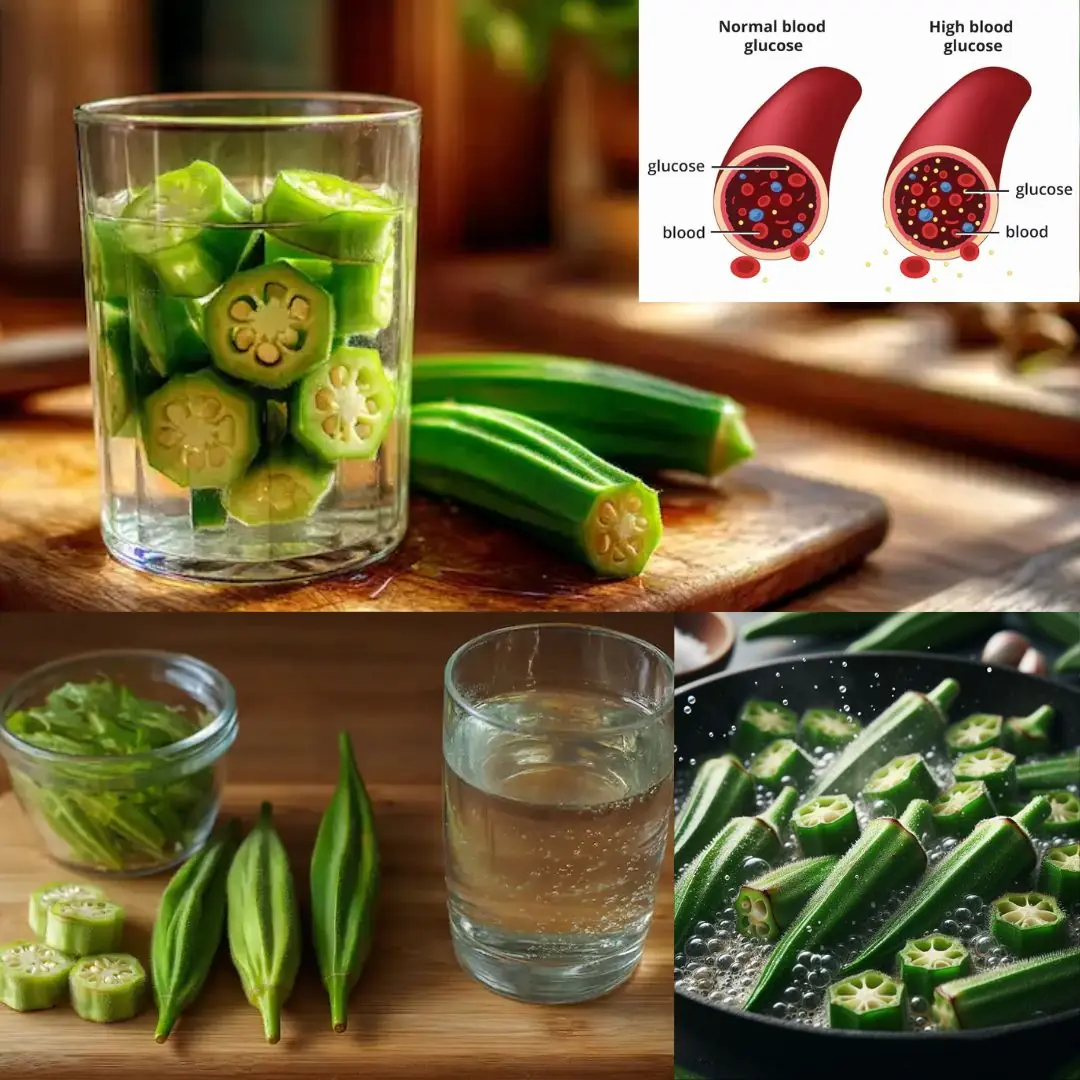
11 Benefits of Drinking Okra Water Every Day
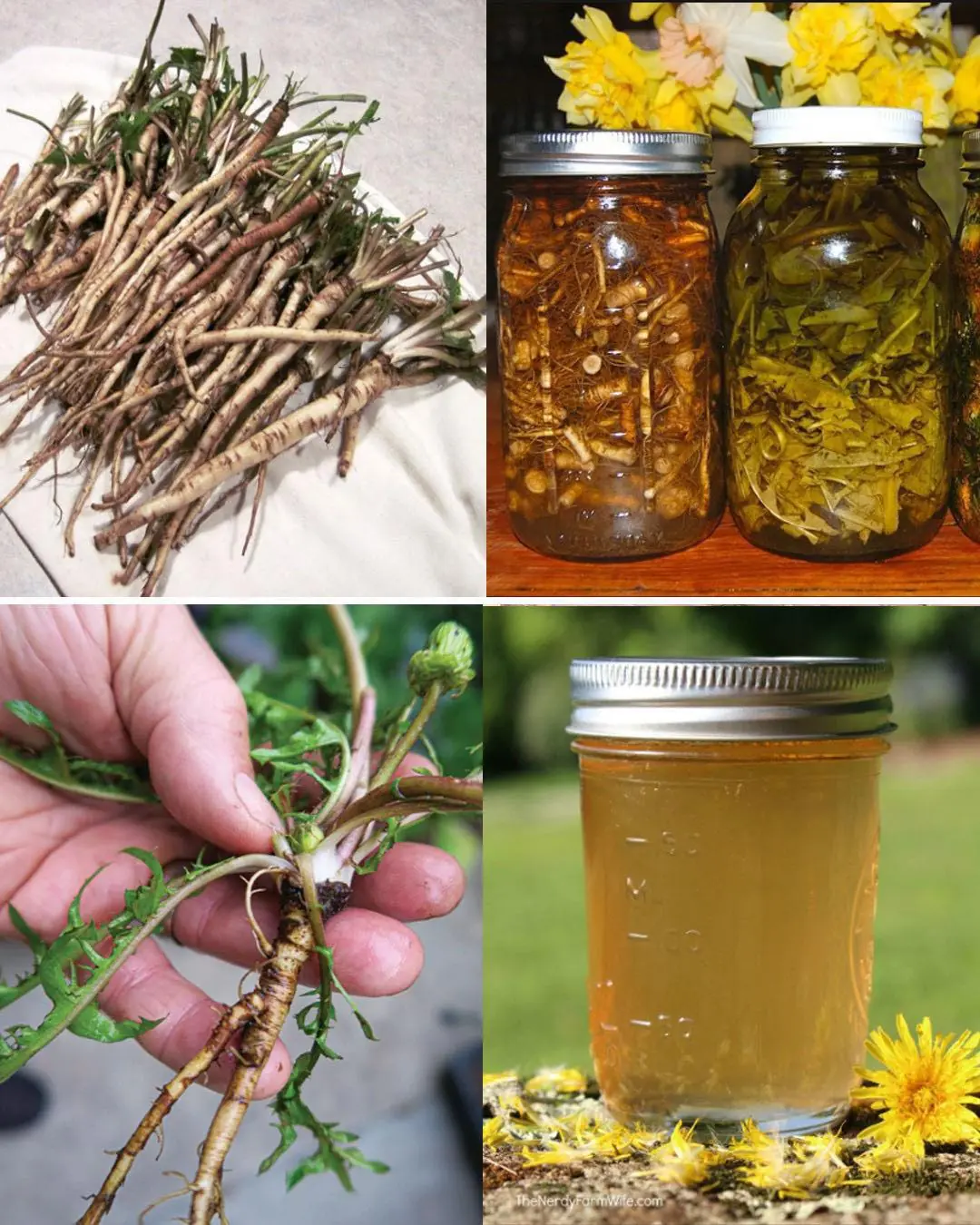
Dandelion roots are the most important part of the plant

Red Onion for Hair Growth: How This Overlooked Natural Remedy Can Stop Hair Fall and Boost Thickness Fast

Ginger, Clove, and Honey: The Natural Trio Your Body Will Thank You For

Papaya Leaves and Onion Juice: The Secret Elixir for Rapid Hair Growth and Amazing Thickness
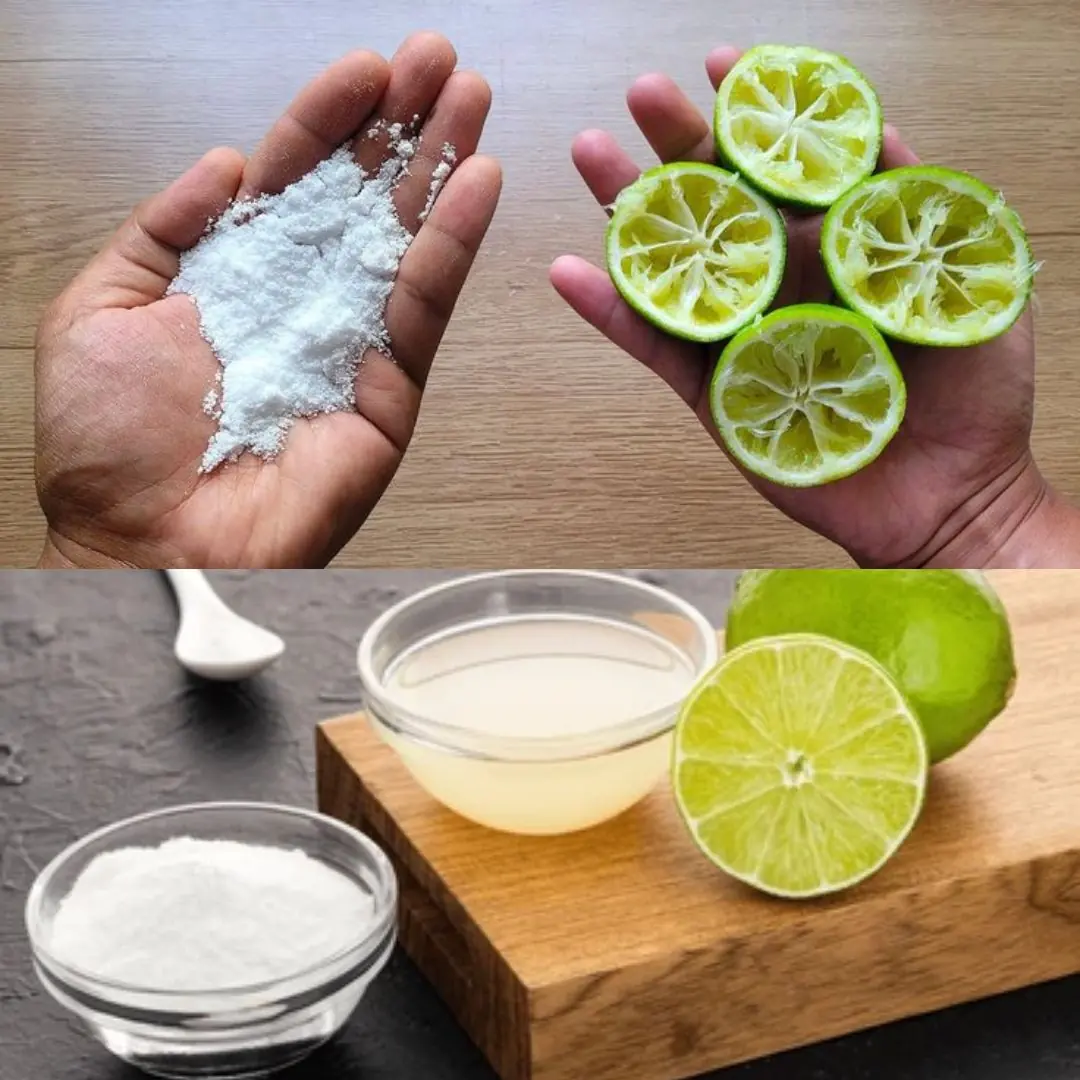
Homemade Lemon Peel Cleaners: Two Powerful Recipes for a Spotless Home
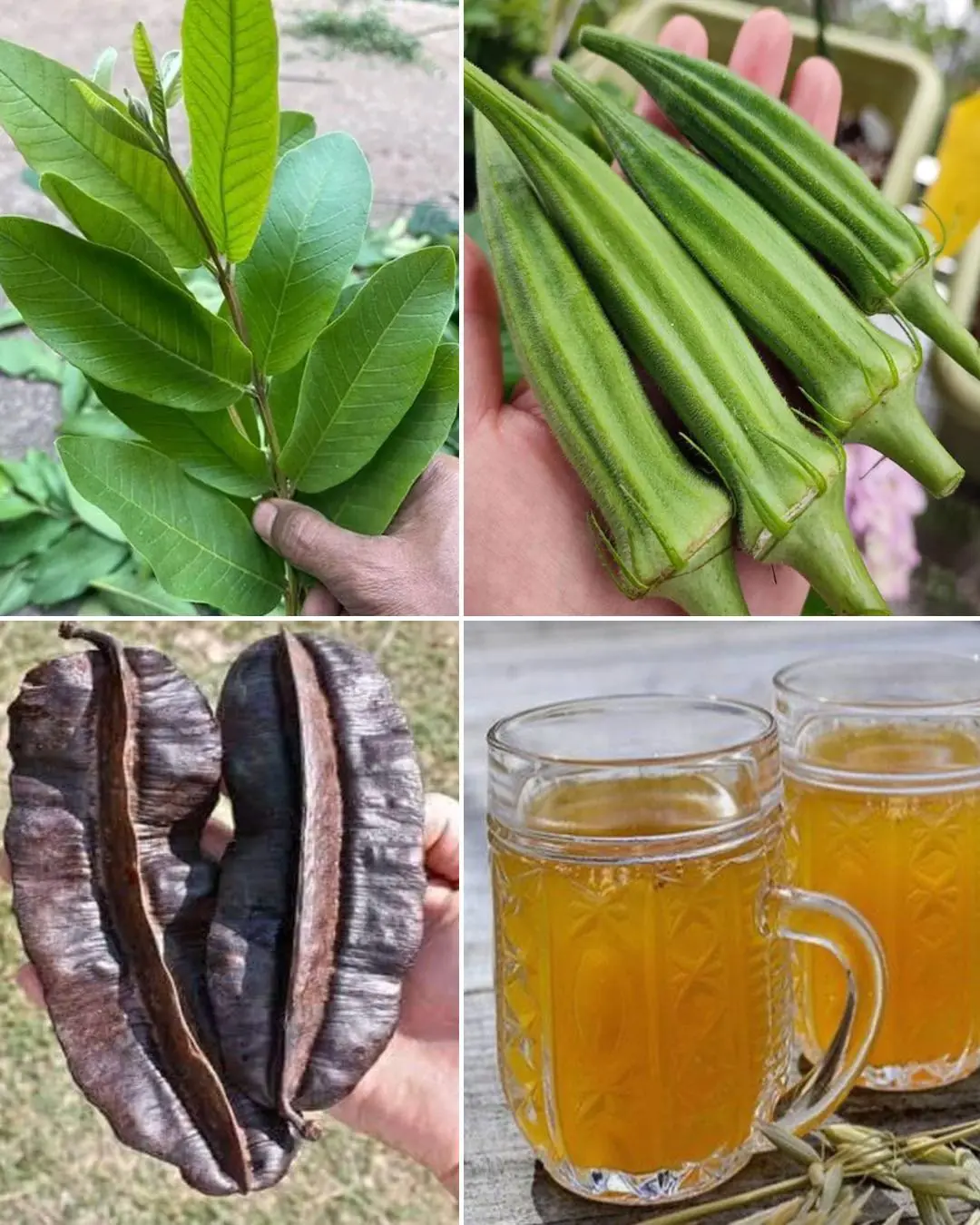
Nourish & Revitalize: How Guava Leaf, Aidan Fruit, and Okra Support Women’s Health
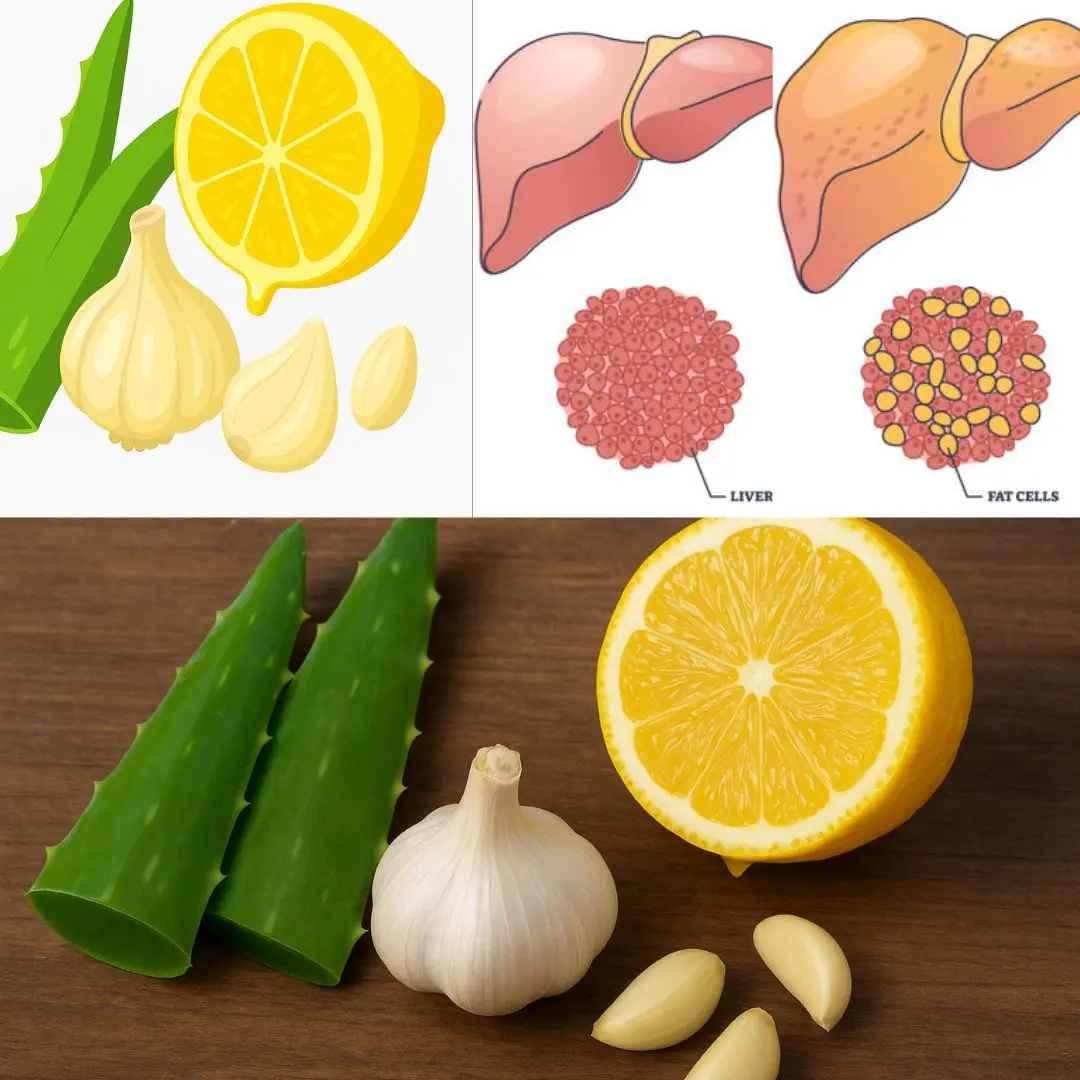
Aloe Vera Super Remedy: Stronger Than Garlic, Lemon, and Fights Bacteria & Fungi Naturally

1 herb being called a miracle for liver, blood sugar, and blood pressure
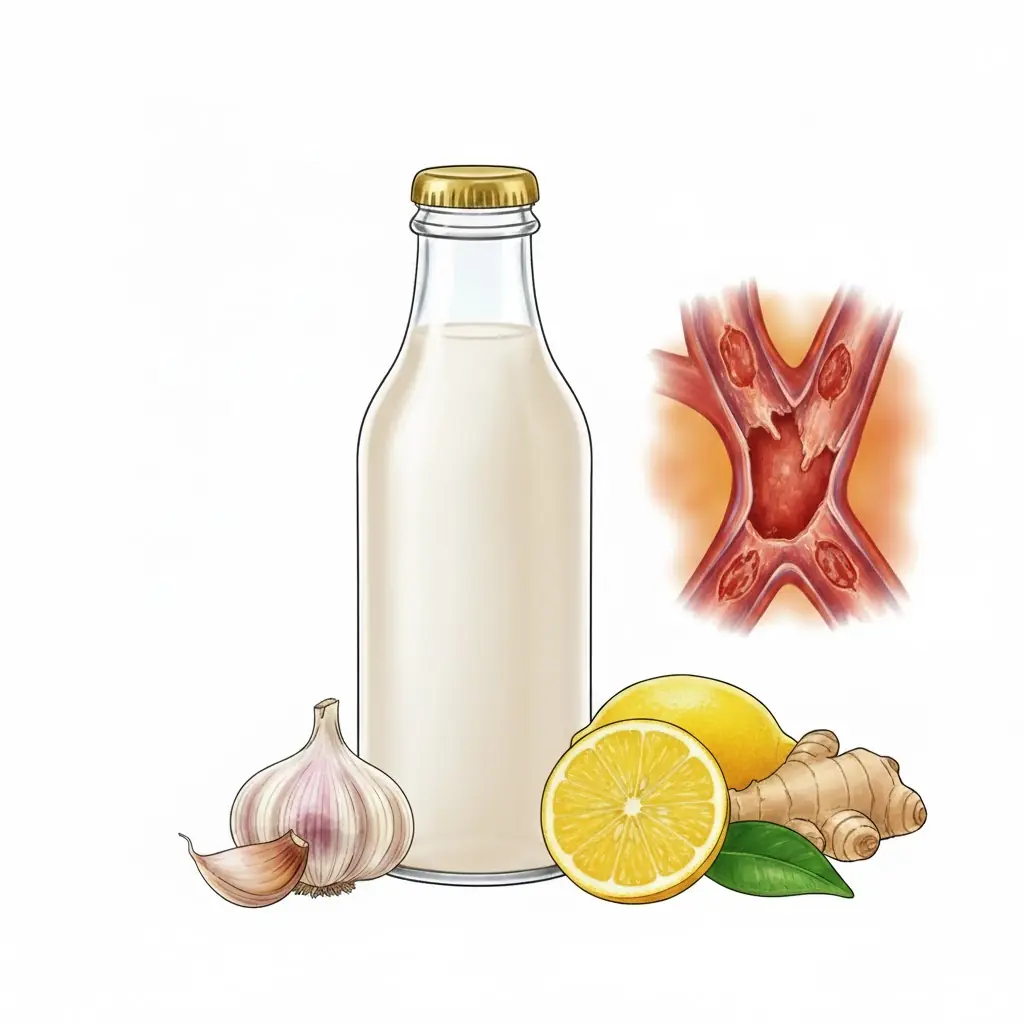
Natural Artery-Cleansing Drink: A Powerful Home Remedy for Heart Health

7 Natural Home Remedies to Whiten Your Teeth at Home
News Post

HOW I GREW MY EYELASHES IN JUST 7 DAYS — Naturally with Castor Oil

7 Essential Leaves to Naturally Improve Your Eye Health

Don’t Drink Coconut Water Before You Know These 11 Secrets!

White Clover (Trifolium repens): 15 Benefits and Homemade Uses

7 Benefits and Uses of Ageratum conyzoides

How often should you shower

Expert, 95 Years Old with 60 Years of Cancer Research Reveals: You Must Avoid These 4 Things So Cancer Doesn’t Come Knocking

Sharp Pain in Ear: Causes, Treatments and When to See a Doctor

Each Tooth Is Associated With An Organ In The Body – Pain In Each Tooth Can Predict Problems In Certain Organs

Here’s the secret why everyone puts avocados on the fire!

Amazing vitamin can help stop cancer growth and this is how much you need

Euphorbia Hirta: 30 Benefits and How to Use It Safely

THE BEST HOME REMEDIES THAT END CONSTIPATION FAST AND NATURALLY

Lady places cup of vinegar into microwave. Here’s the genius reason why

Say Goodbye to Diabetes, Fatty Liver, and Joint Pain with This Powerful Remedy!

My nana taught me this hack to remove hard water stains in 2 mins with 0 work. Here’s how it works
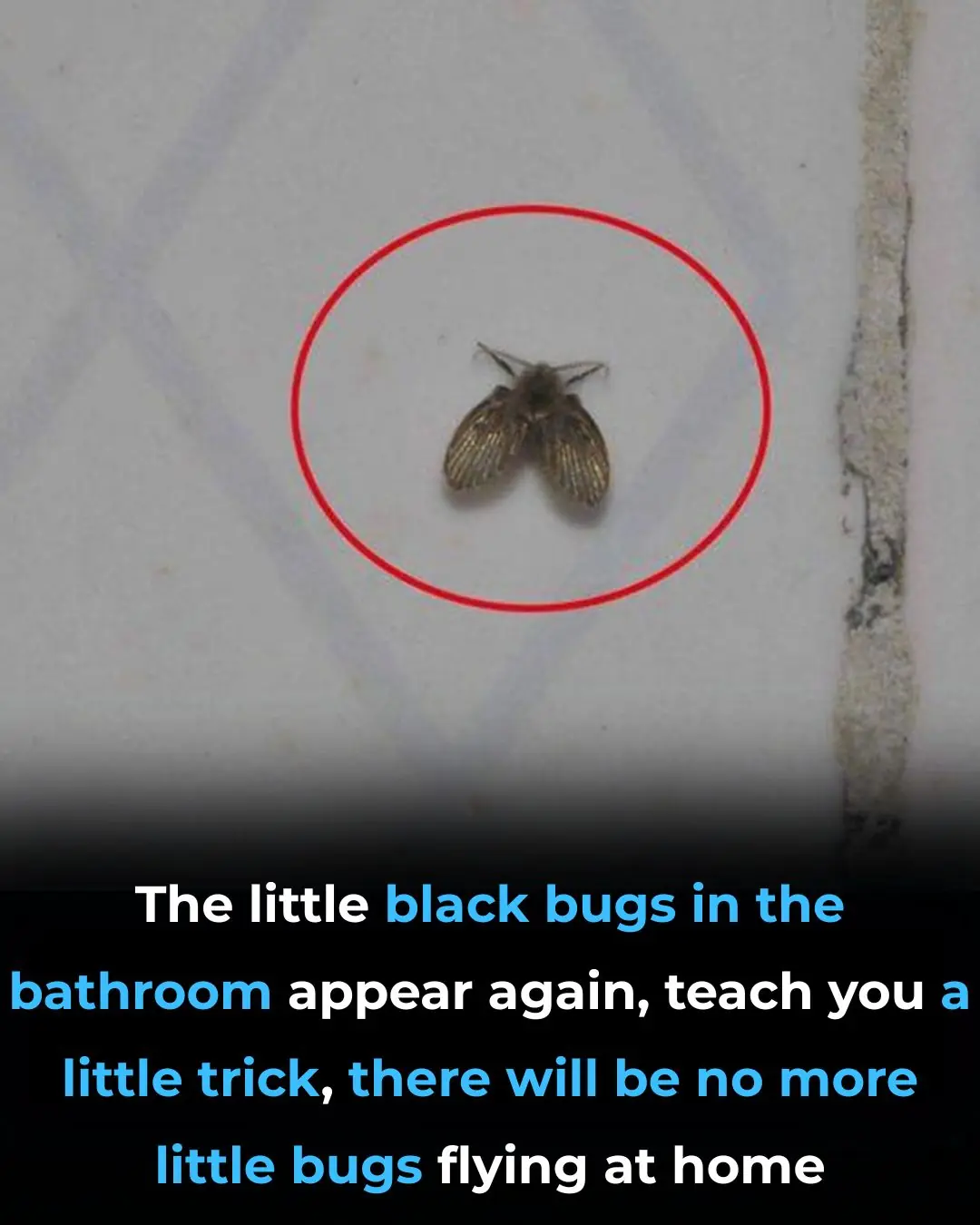
🕷️ Little Black Bugs in the Bathroom? Here’s What They Are & How to Get Rid of Them for Good

Choose a Nail to Discover What Kind of Woman You Are

Never Do These 15 Things for a Man (Even If You’re Madly in Love With Him)
